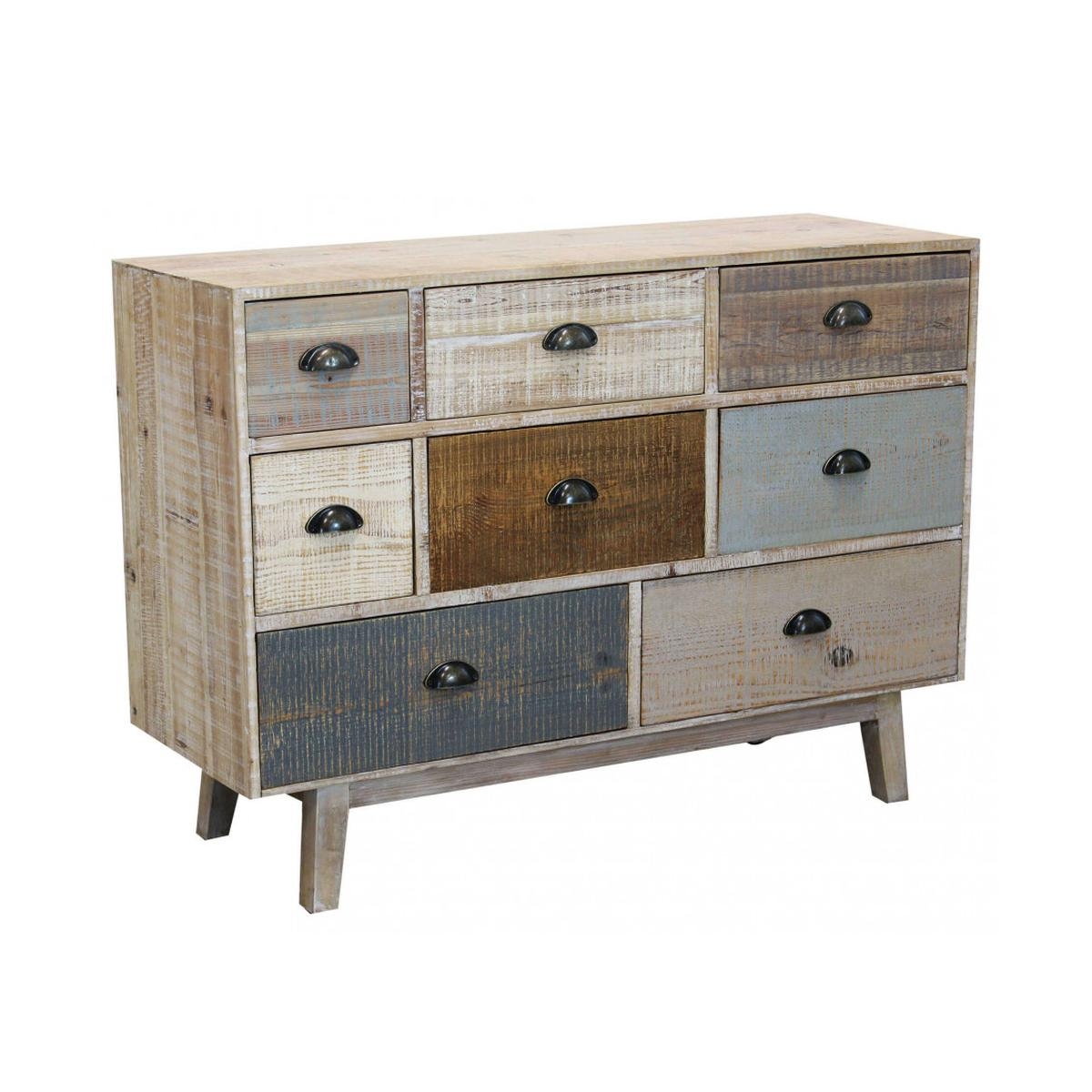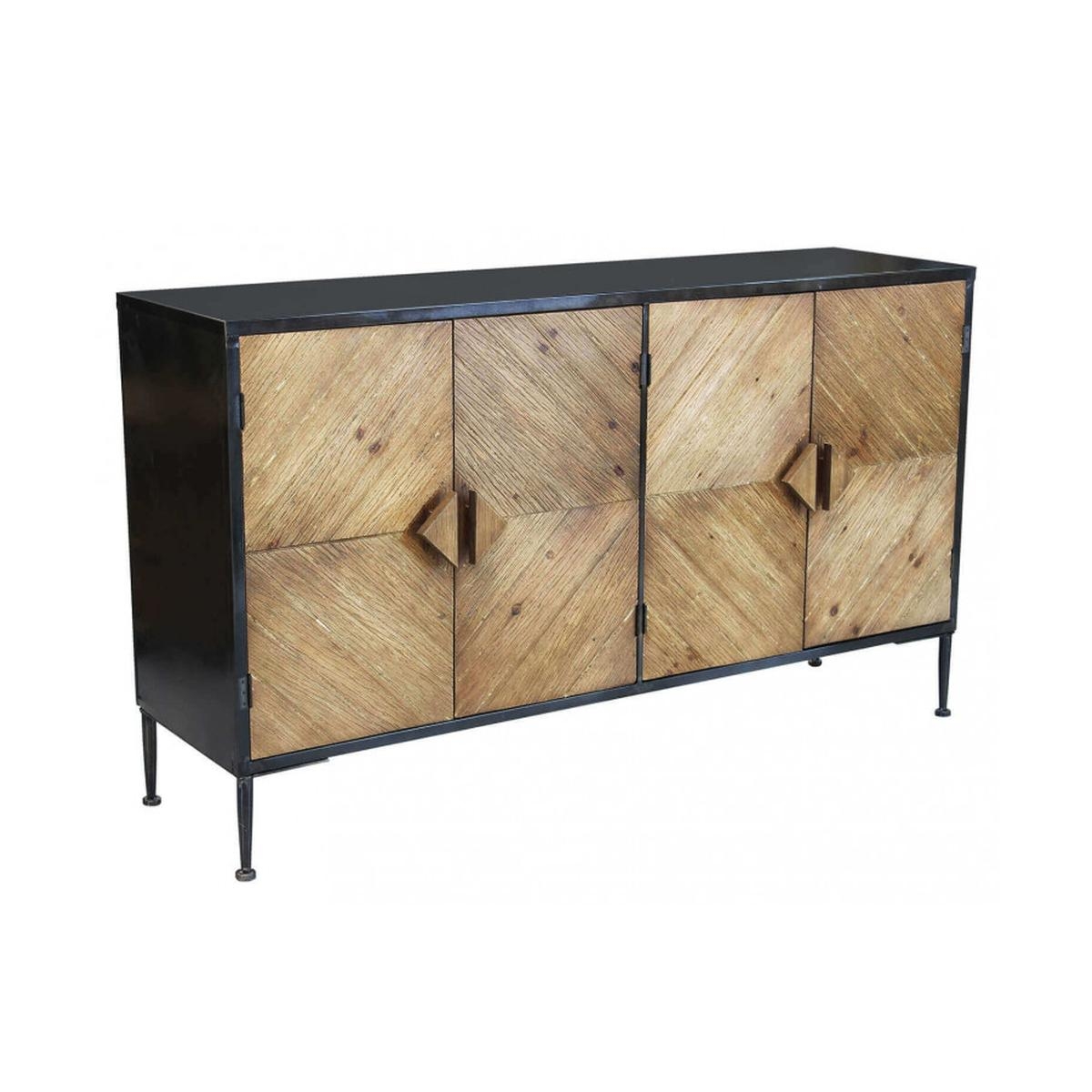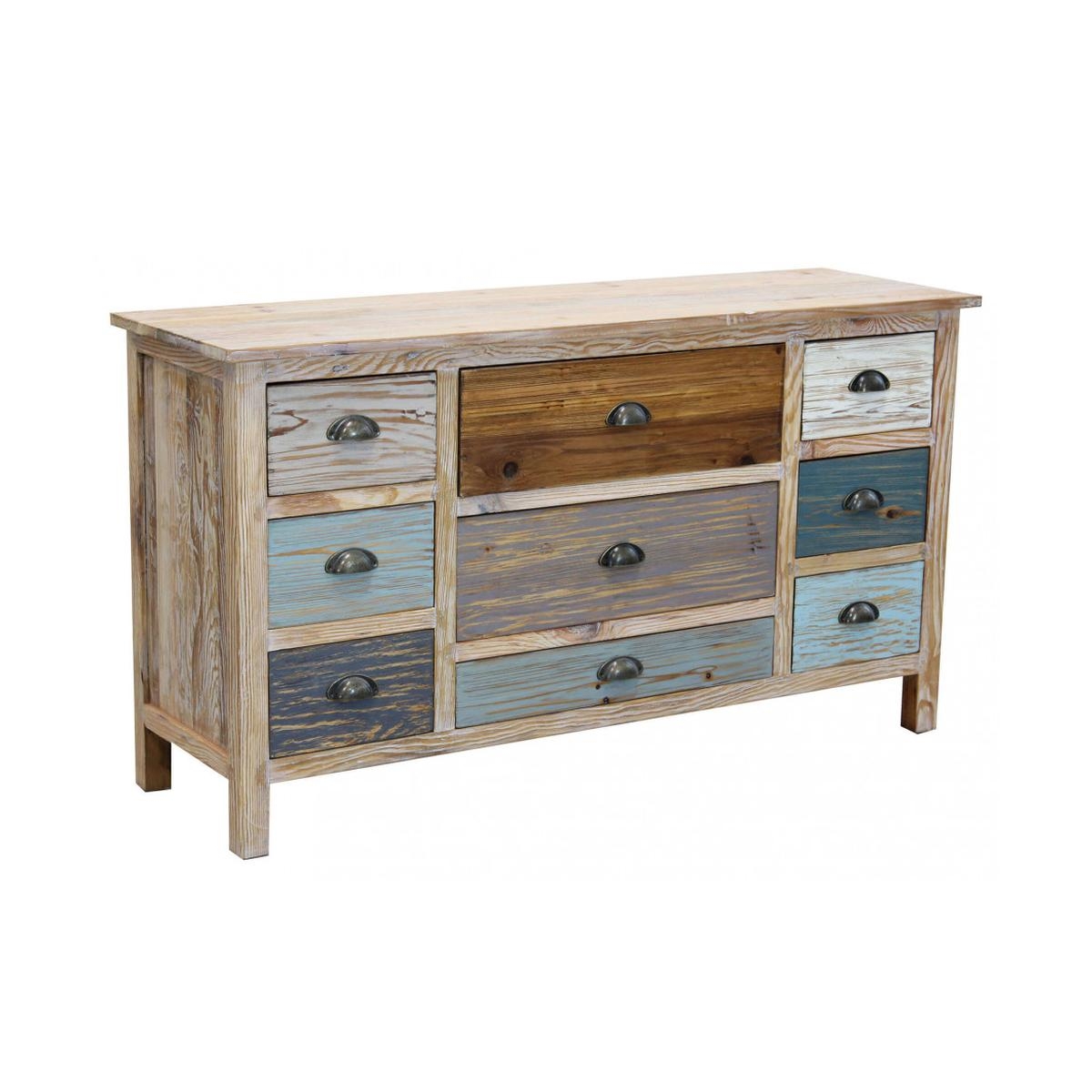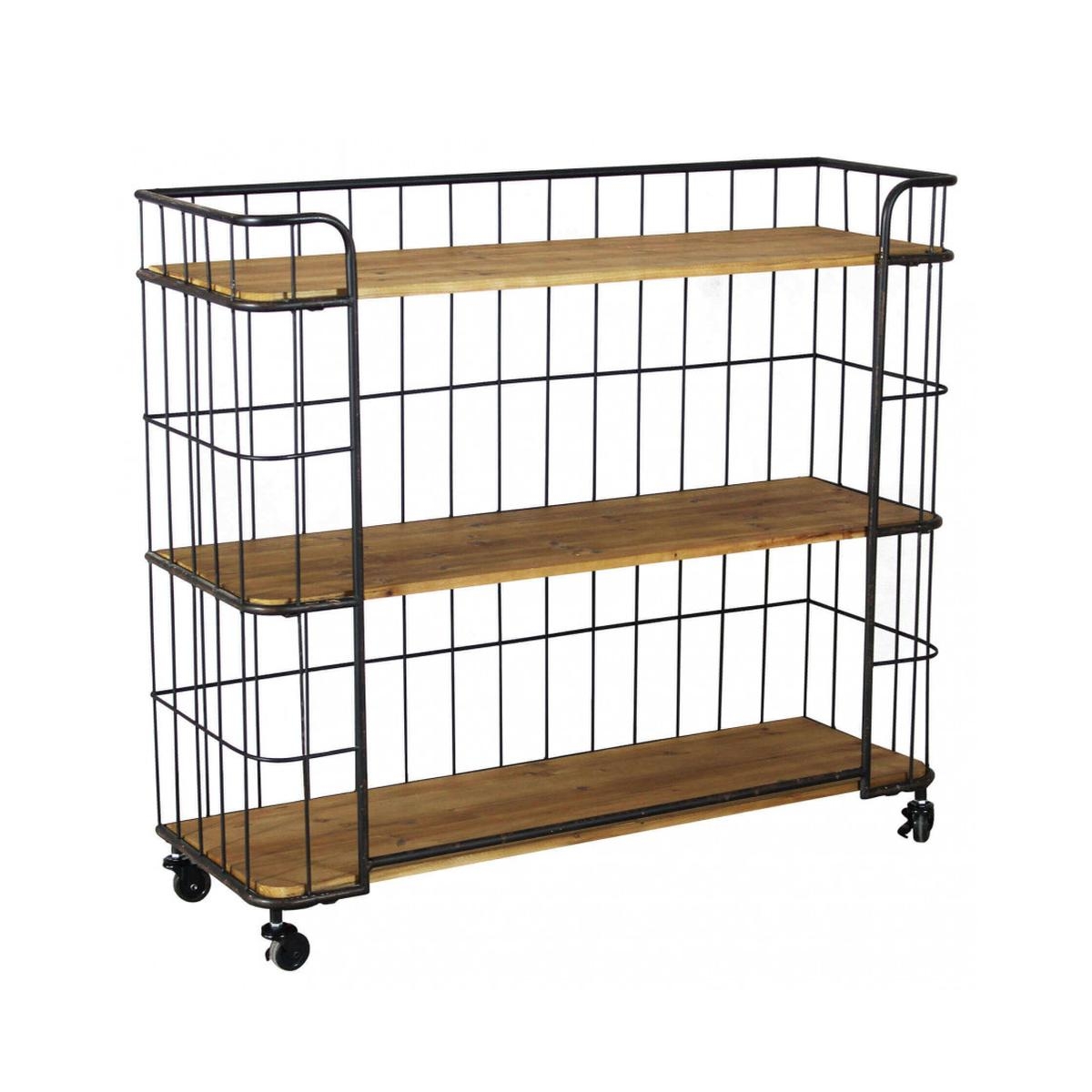The worry of many: how do I find space where there is none? It’s a matter of guile: distributing space is an art.
Organizing and optimizing space at home can often be frustrating; too much furniture, too little room to put it away. Not to mention clothes, objects, books and more. Let’s take a look at 5 tips from ProduceShop to help you overcome this problem.
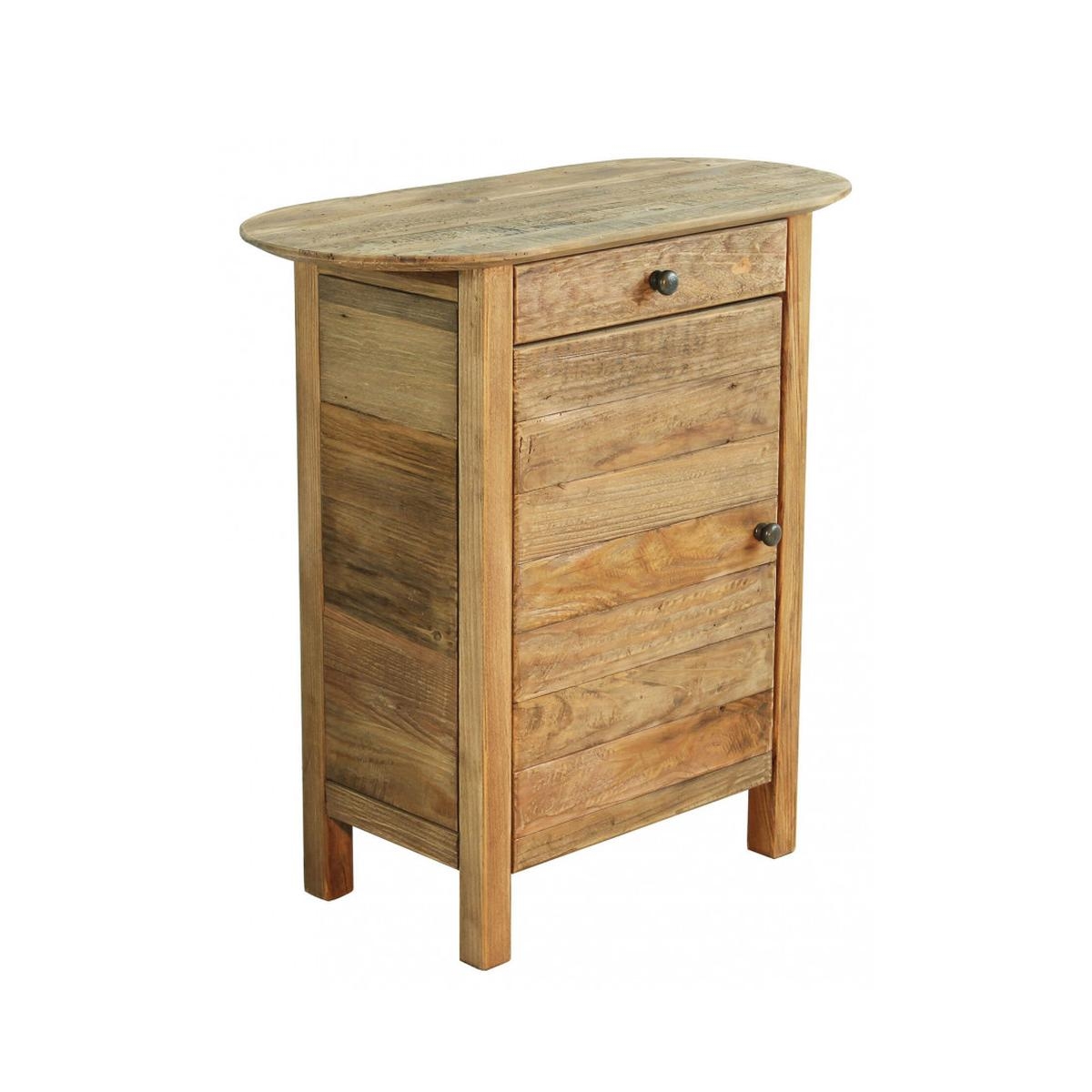
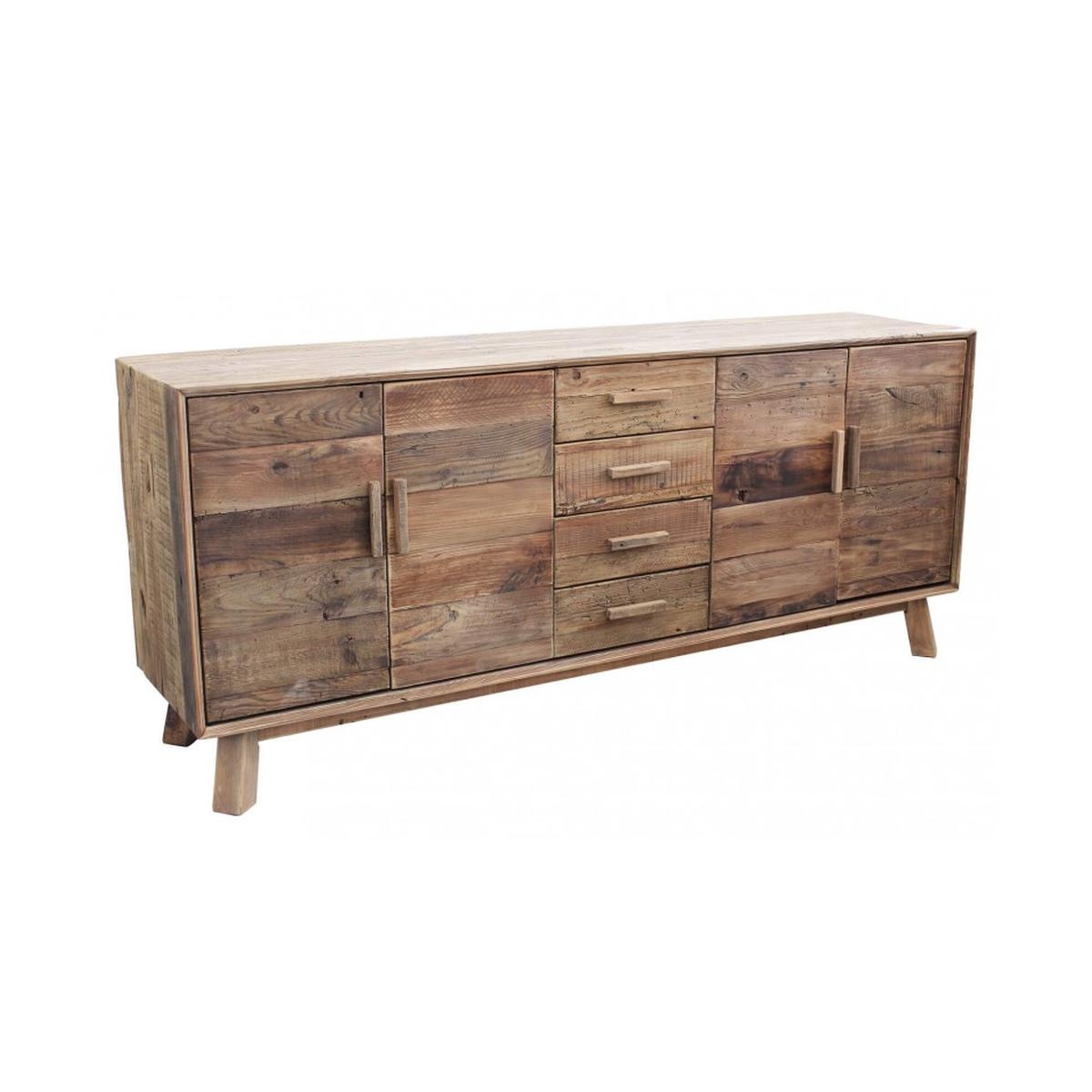
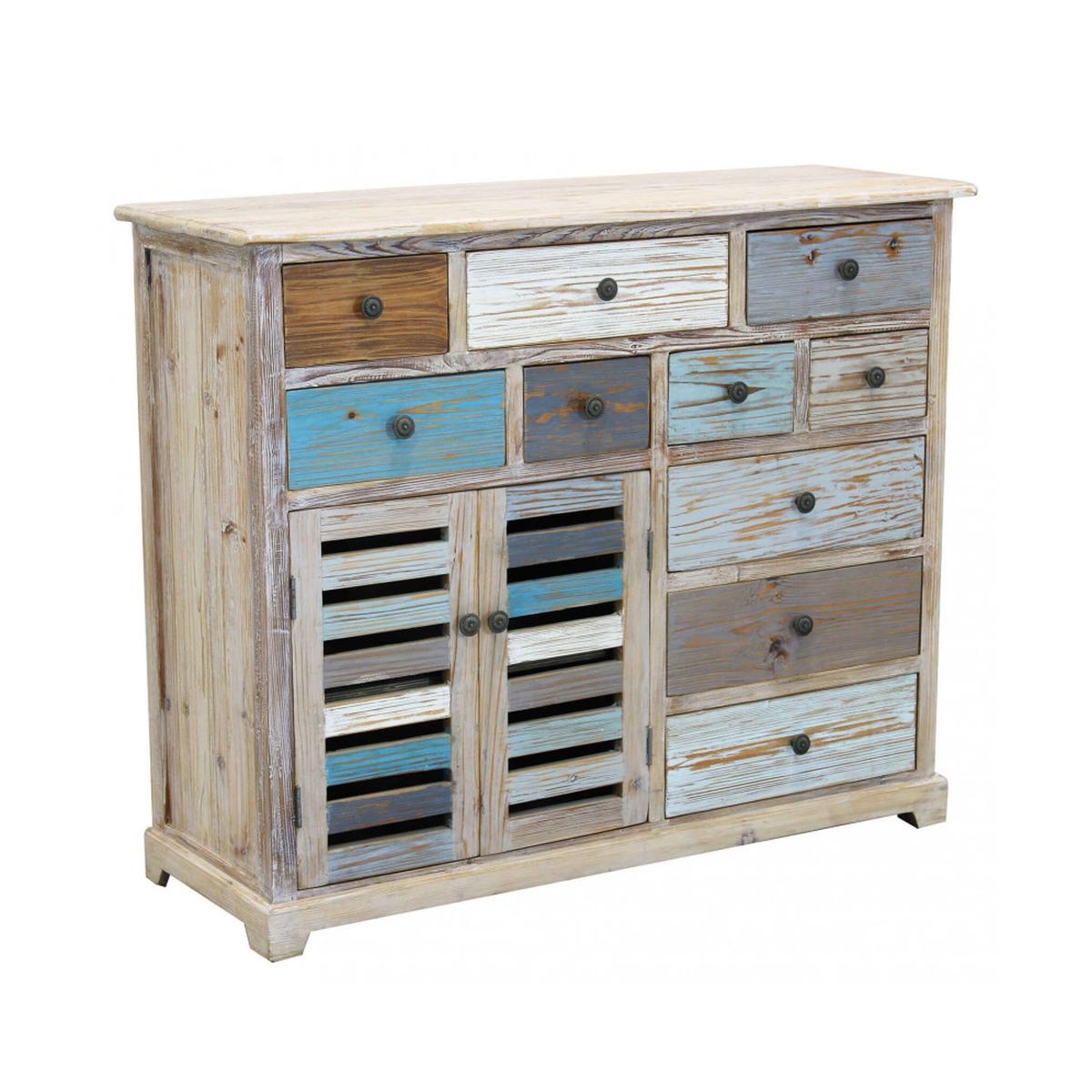
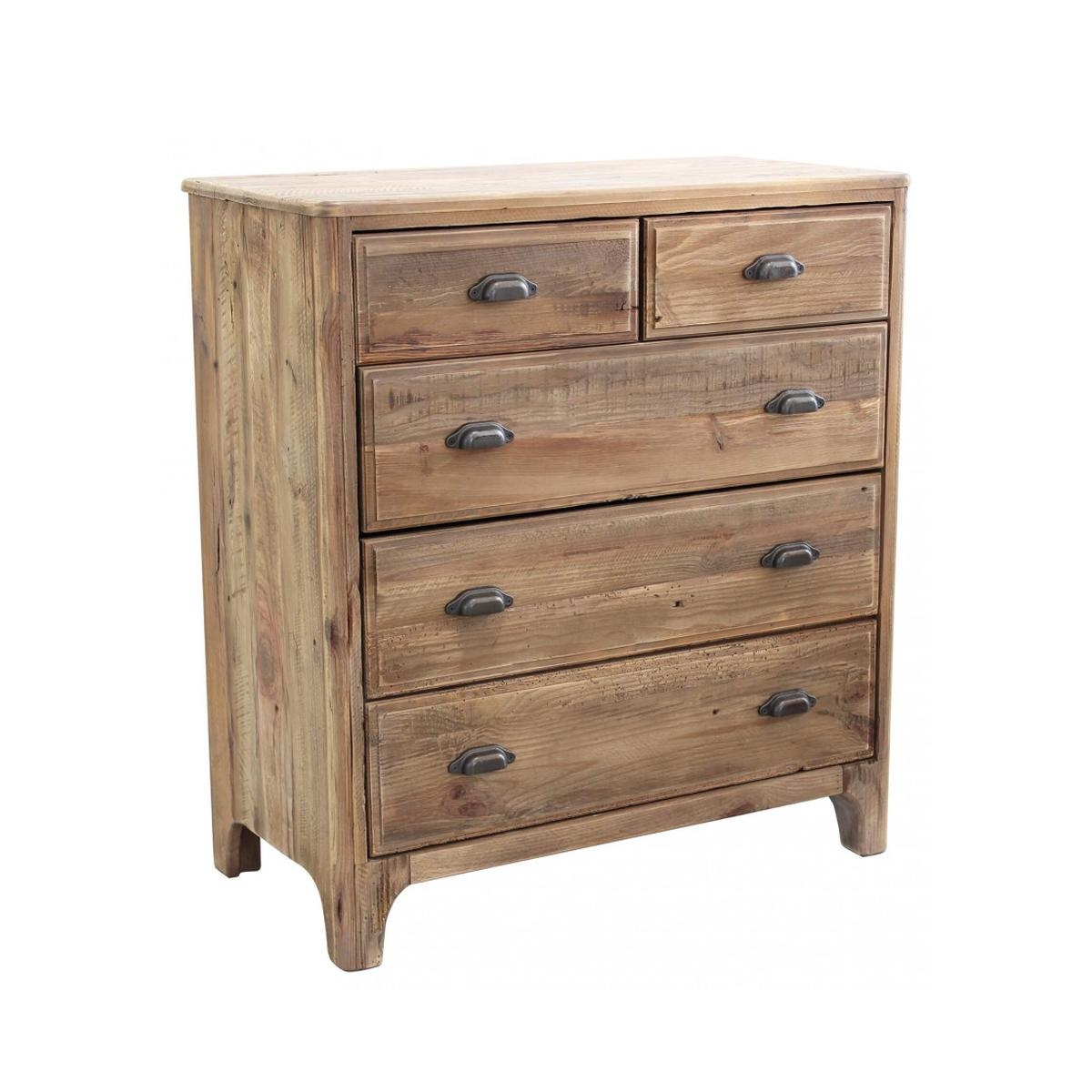
Furnishing a house is always a challenge: against costs, against timeframes, against a disproportionate choice, and against space. While for many people choosing a smaller home is a necessity, for others it’s simply a matter of taste. But how do you get the best out of such a small volume? Simple: organize and optimize the space. We are talking about small tricks, concerning furniture, but not only; if we think about light, colour, materials and layout, we can take many useful ideas to feel “wider“.
ProduceShop, which has included several options for smaller spaces in its catalogue, today gives you some advice. Five tips, to be precise, among the many solutions available to optimize every corner and space in the home.
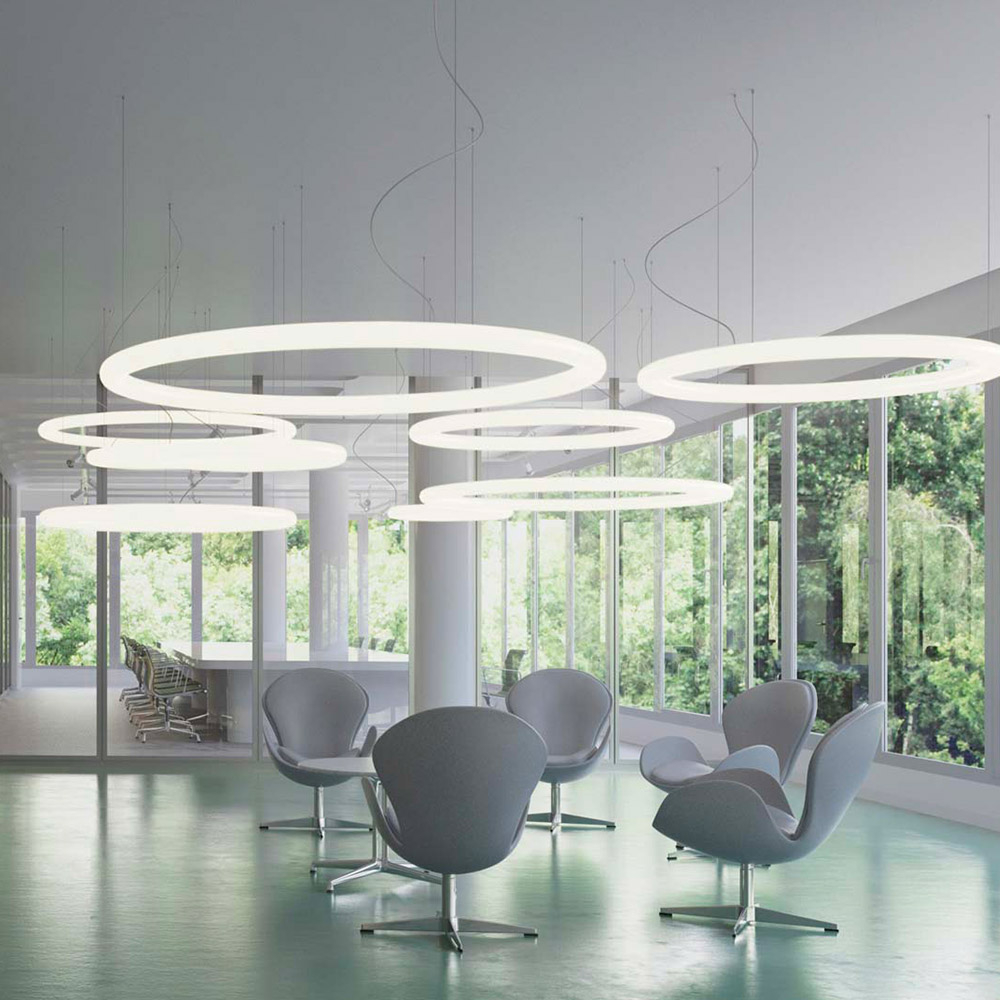
Lighting and Orientation
It may seem trivial, but sometimes space can be reduced to just an impression.
Let’s explain it better: it is true that space is an objective dimension, and that is what it is; but you can easily give an impression of width, air and spaciousness also by playing with light, room exposure and colours.
If possible, always choose houses with double exposure, at least in key rooms such as the living area or bedroom; avoid too dark or too bright colours for the walls, opting for white or pastel shades. Place artificial lighting with care; suspended and floor lamps in rooms, wall lights in corridors, white light which, coordinated with the walls, will give the impression of even more space.
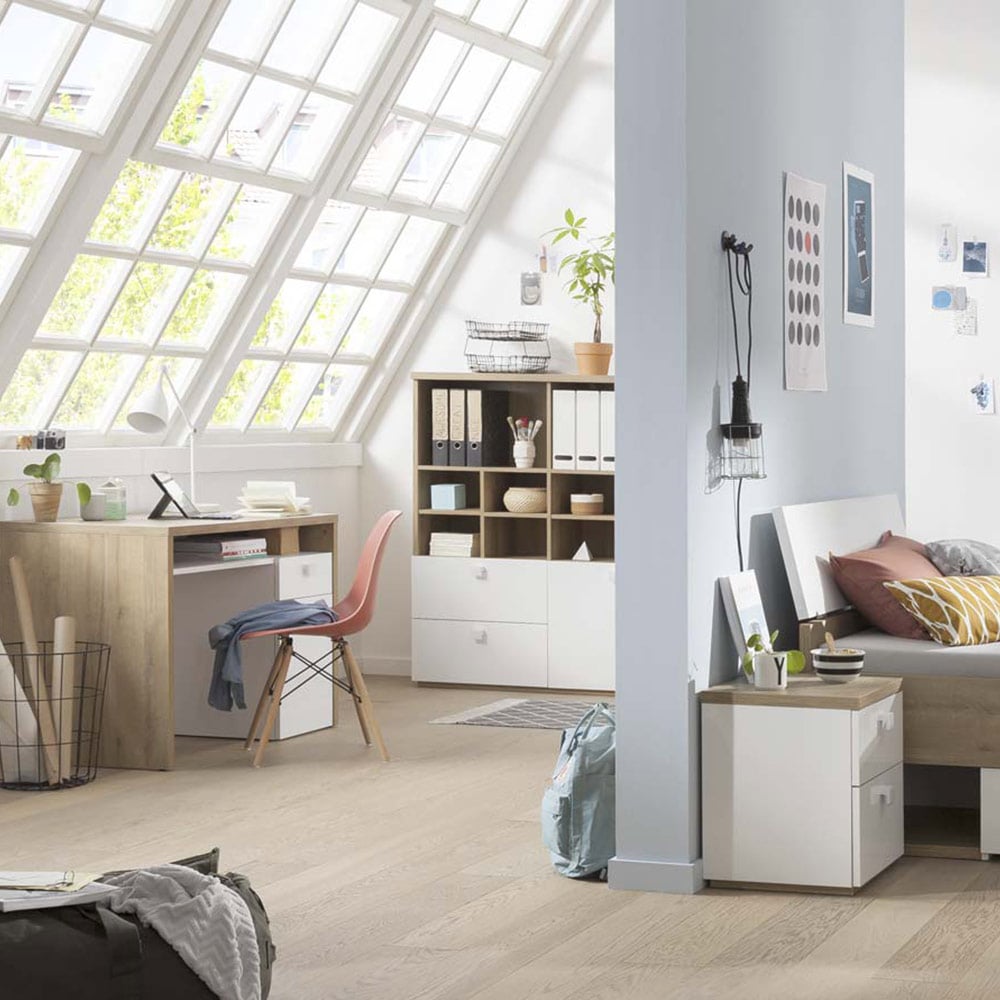
Dividing rooms with furniture
Especially for those who have to choose small solutions such as studio apartments, organize the space becomes a real difficulty; building up a wall is not always possible, not to mention that the costs can be too high. So what is the best alternative?
Have you ever thought, for example, of using a bookcase as a wall? Or separating the living room and kitchen with a sideboard or cupboard? Or delimiting the living room with a TV cabinet or sofas?
Very often these solutions, decidedly young and very dynamic, are also excellent for dividing up the space of a single room; for example, in our own studio we could separate the work corner from the leisure corner, and from the music corner, using only and exclusively furniture and and interior design elements.
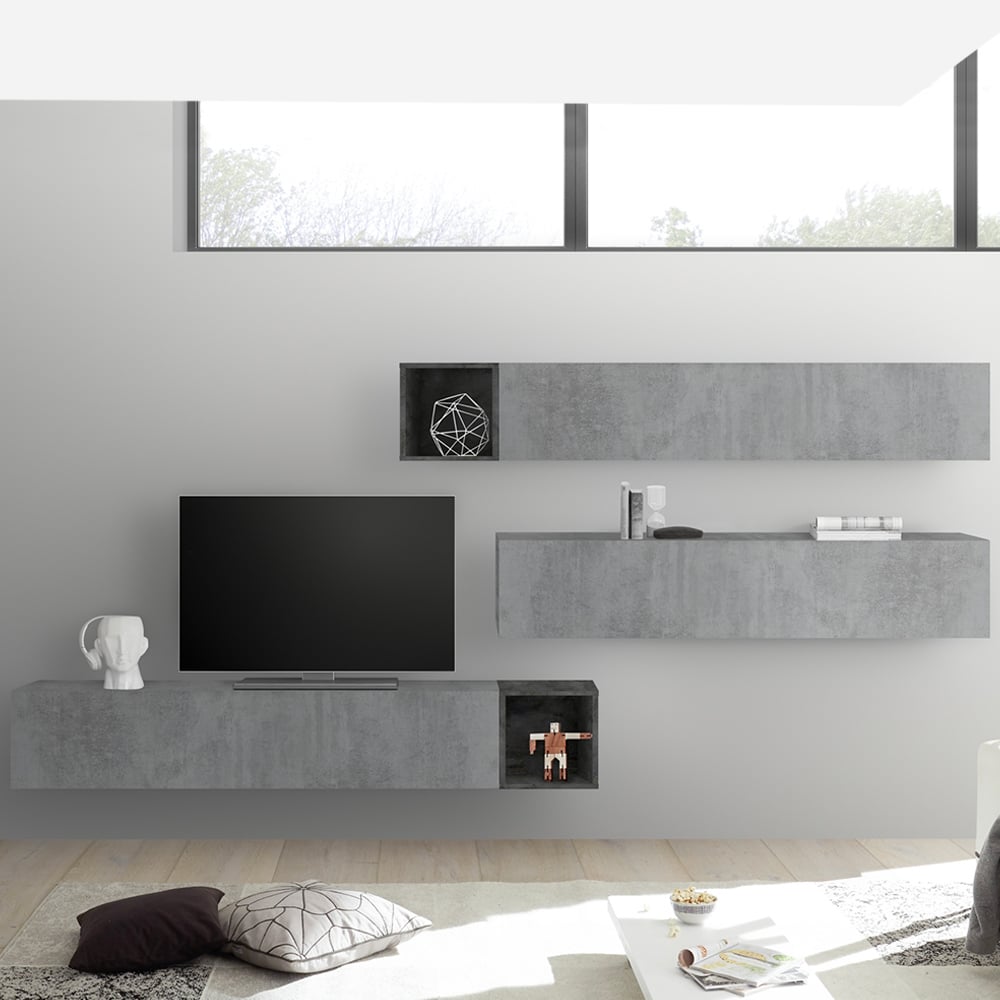
Exploiting verticality
It seems simple to think (and entering the home it is natural) that the living space develops only horizontally. Well, verticality also plays a fundamental role in organizing space.
Just think of all the things you could store using the walls; shelves, hanging shoe racks, hooks, wall-mounted coat racks and much more.
In addition, tall furniture is becoming increasingly popular, some even come with handy ladders.
Imagine even bigger; mezzanines for the sleeping area or as storage rooms, alcoves at the top or attic storage space. So don’t stop at calculating only on the floor, but aim high.
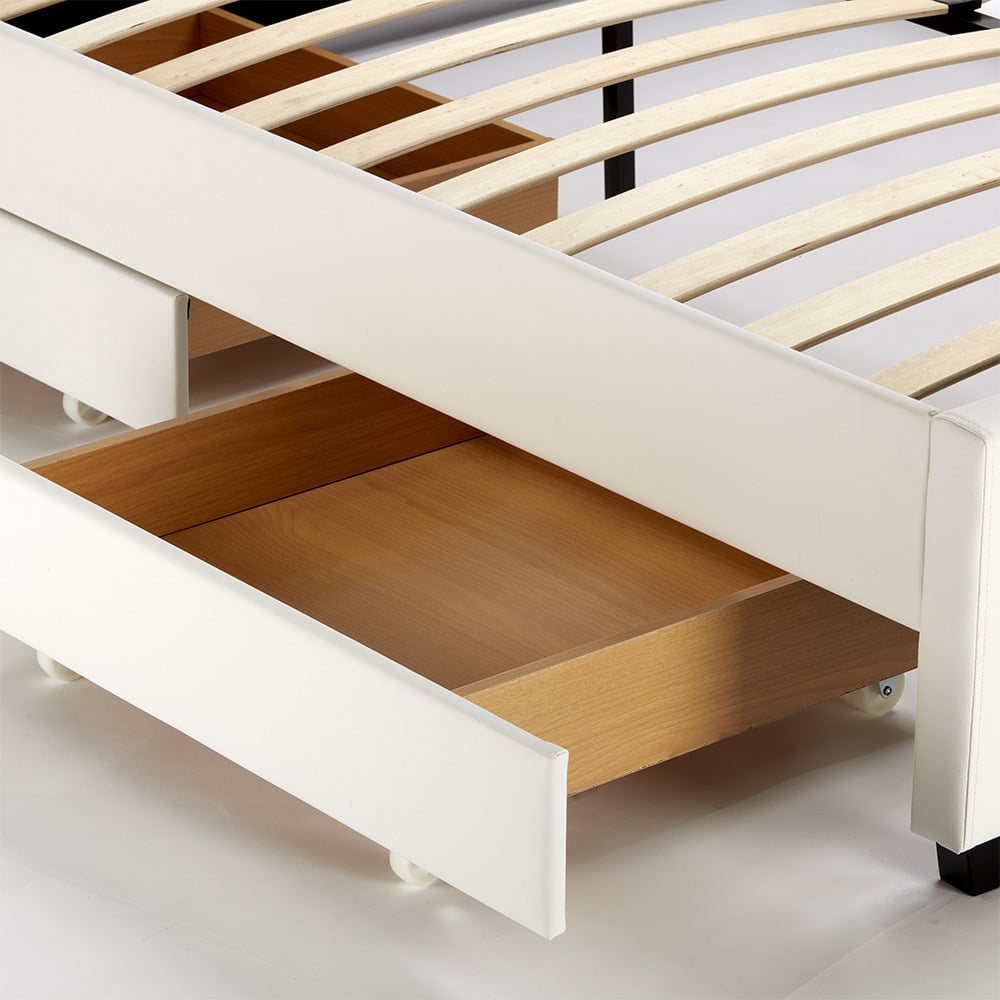
Multifunctional furniture
Sometimes a bed can be more than just a bed; perhaps by pulling it up or looking at its sides it also becomes a handy chest of drawers. Or it may have beautiful built-in bedside tables; or it may have a bookcase headboard, or compartments for jewellery and more.
There’s no better way to save space by combining each other the functions of several pieces of furniture into fewer. By opting for multi-functional furniture, you can condense more functions into less items, thus having much more free space available, to be filled with other furniture or kept empty to give a sense of “breathing space” to the rooms.
Not to mention not only that less furniture = less dust, but above all the tangible savings you will see in terms of expenses!
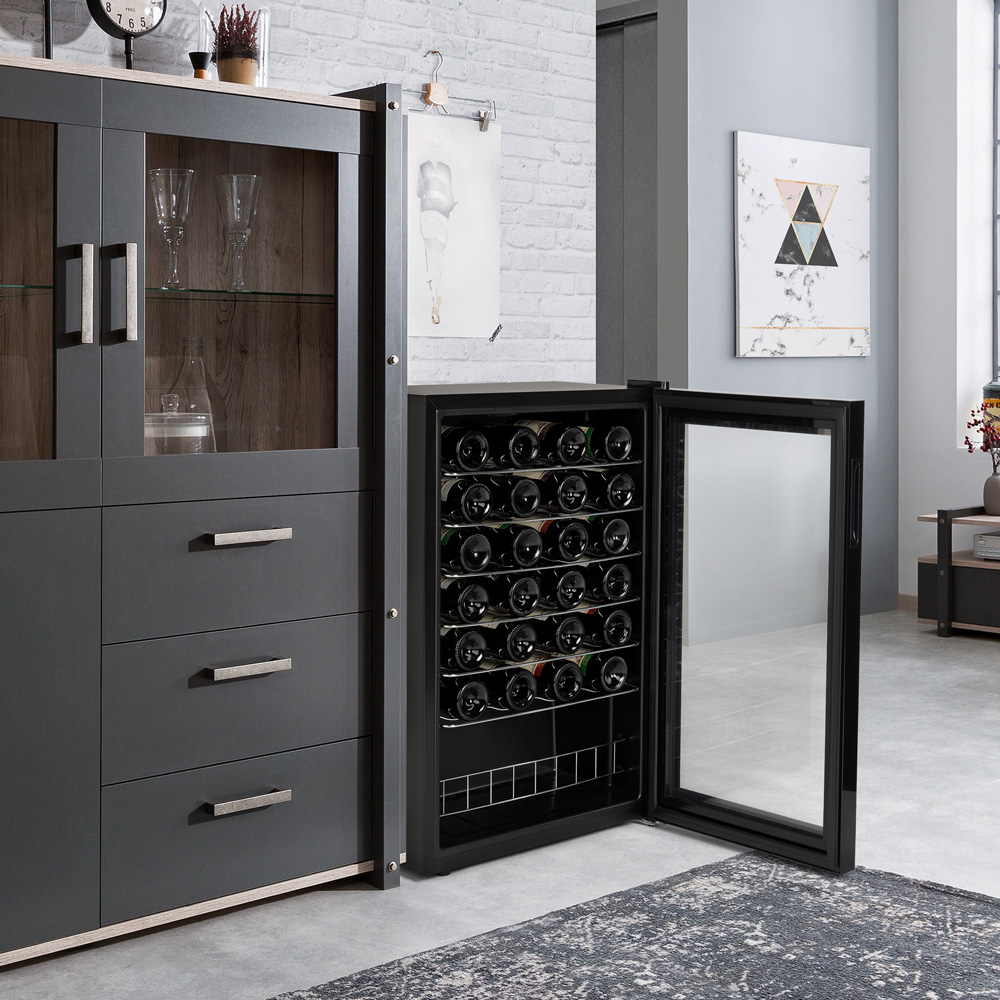
Don’t forget any corners!
Literally, try to fill every corner, junction or space in the house.
For example, exploiting a crawl space becomes an extremely multipurpose solution; it can be a bookcase, it can be a studio (a bit narrow), it can be a storage room, or a wonderful cellar for our collection of wine bottles.
An old brick niche becomes a perfect pantry, a shoe rack, a corner for lamps or candles; old hollowed-out shelves, a bookcase.
The important thing is not to overdo it, however; if you “jam” even the few empty spaces left, you risk giving an even more cluttered and uncomfortable image of the whole room.
We’ve explained how to organize your space, now it’s up to you to fill it. Take a look at the ProduceShop catalogue and choose the perfect furniture to furnish your interior. Save on space, but also on costs!
